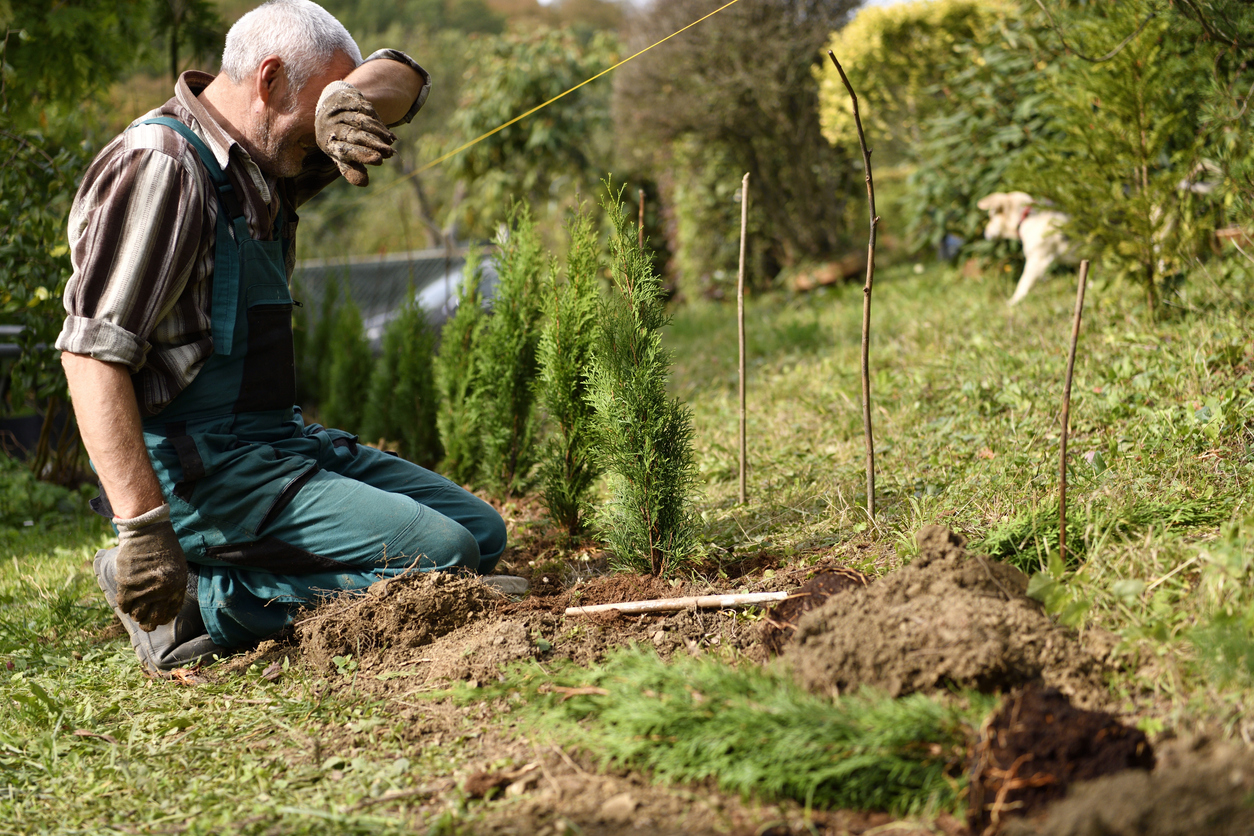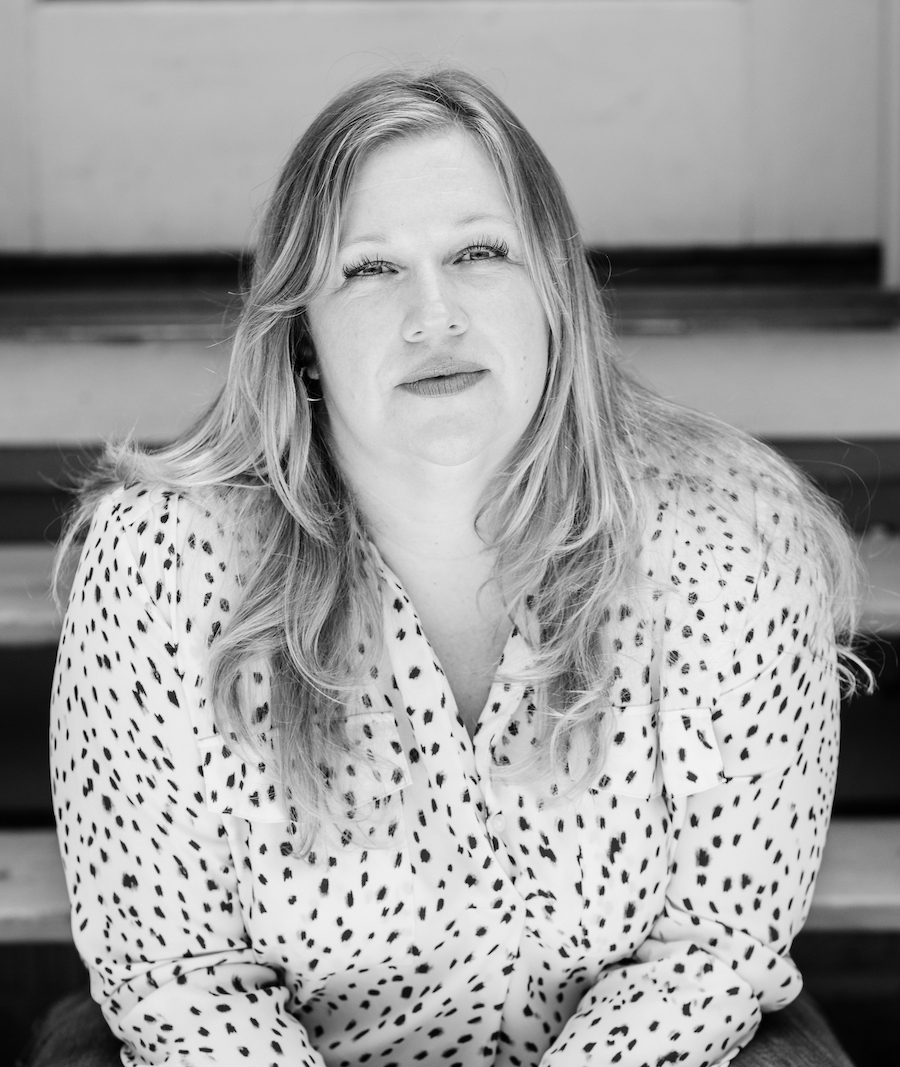Rates for workers’ compensation in the agricultural sector went up five percent in 2022 and six percent for 2023. The average proposed increase for 2024 is nine percent.
Several agricultural work categories will see double-digit increases including a 21 percent increase for farm internship program B, a 10 percent increase for orchards, a 12 percent increase for vineyards, and a 12 percent increase for livestock farms and stables.
In a press release, Washington State Department of Labor & Industries Director Joel Sacks stated, “… we're finding a balance between charging enough to cover costs and keeping rates steady and predictable ... It's good for workers that wages are rising, but that means the cost of replacing wages when a worker gets hurt goes up too.”
There is a simple solution to the problem of continually increasing the cost of workers’ compensation rates in Washington state – open a competitive system. In states with competitive systems in place, private insurers offer benefits that include options like 100 percent replacement of a workers’ salary for a set period after a disability or death along with a funeral benefit. In other states, private insurers are the first option, and the state is the fallback for high-risk occupations.
Washington state is one of just a handful of states in the U.S. that has a monopoly on workers’ compensation. The other three states are North Dakota, Ohio, and Wyoming. All four states offer similar salary replacement benefits with variations for death coverages.
Agricultural employers and employees will feel the pinch of increases in workers’ compensation rates in 2024 but the pain is not reserved specifically for agriculture.
Log haulers will see an increase of 11 percent and paper products manufacturing shows an increase of 12 percent. Temporary maintenance services will see a 20 percent increase in rates.
When there is only one option available for workers’ compensation, or any other form of insurance, it breeds stagnation. If there is no competition or impetus for improvement, then improvement never occurs. To create a better system, workers’ compensation in Washington state needs to move beyond the L&I run monopoly and become a system that allows for private insurers to be the first choice for employers in the state. Ending the monopoly will provide stability for employees and their families. A competitive market will also save money for employers and the state in the short- and long-term.
There are public hearings on the proposed rate increases scheduled for the end of October. Anyone can participate live or submit written comments to Labor & Industries.
Public hearings are scheduled at the following: Oct. 26 at 10 a.m. virtually and in person at L&I in Tumwater; Oct. 27 at 9 a.m. in person in Spokane; and Oct. 31 at 10 a.m. in person in Yakima. Written comments can be submitted to: Jo Anne Attwood, administrative regulations analyst, P.O. Box 41448, Olympia, WA 98504-4148; or emailed to JoAnne.Attwood@Lni.wa.gov. All comments must be received by 5 p.m. Oct. 31.




